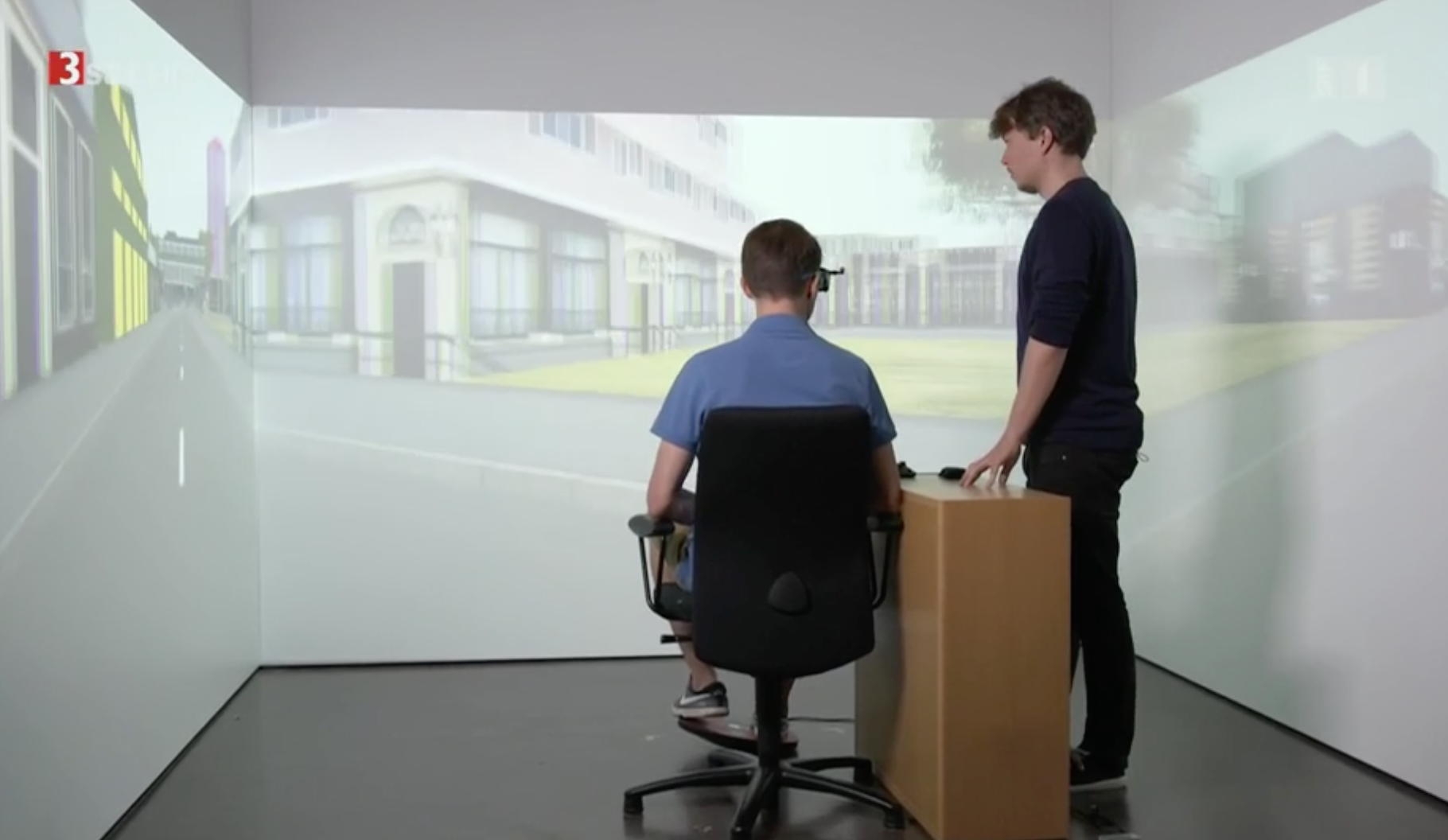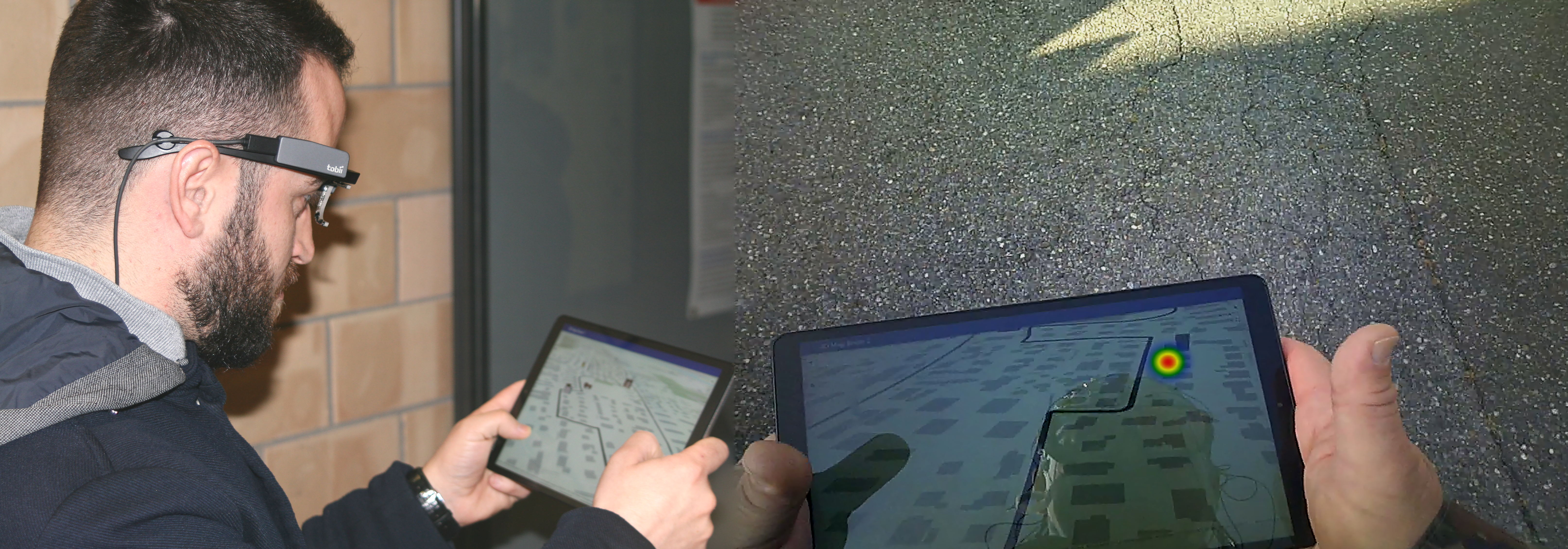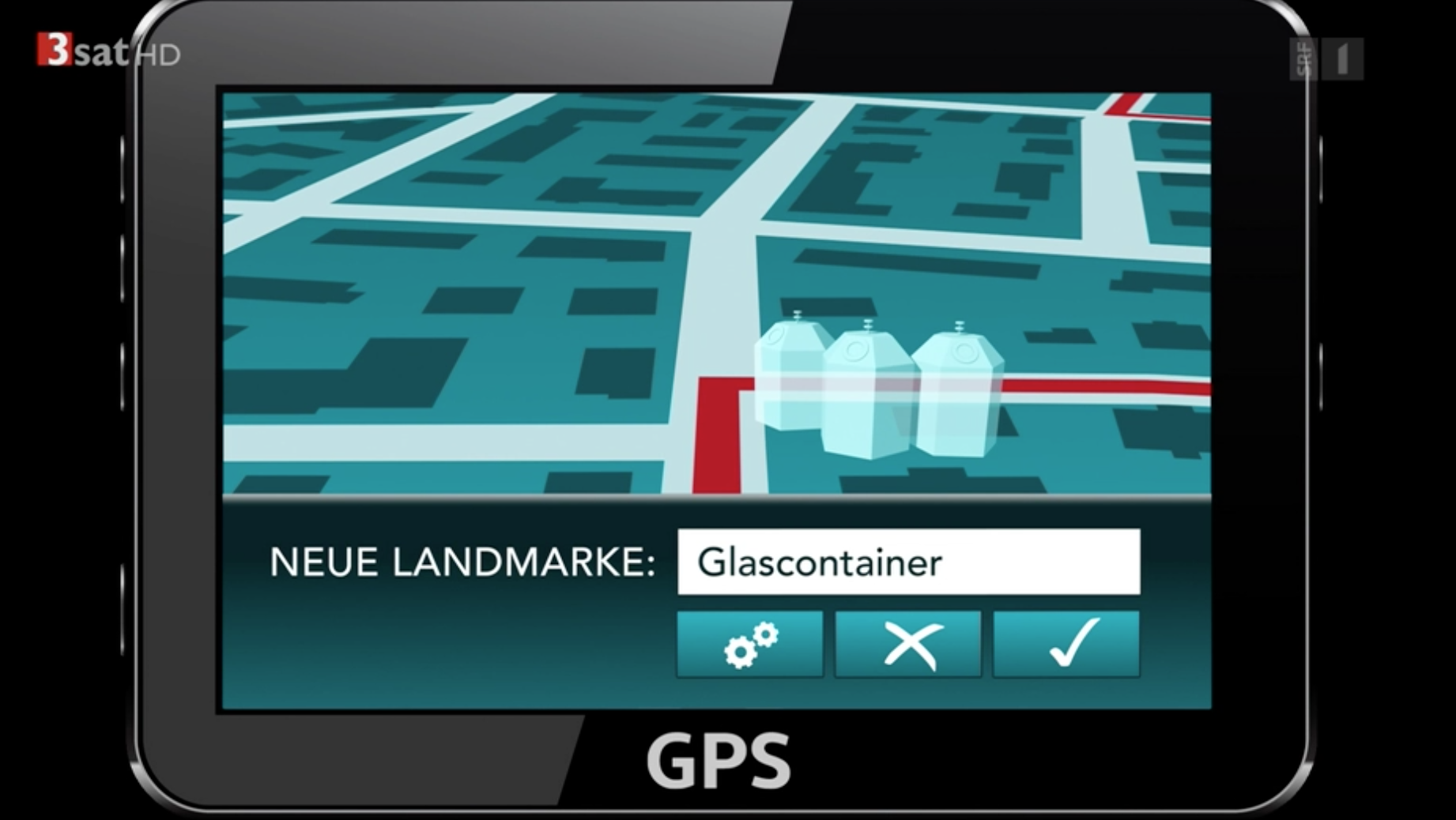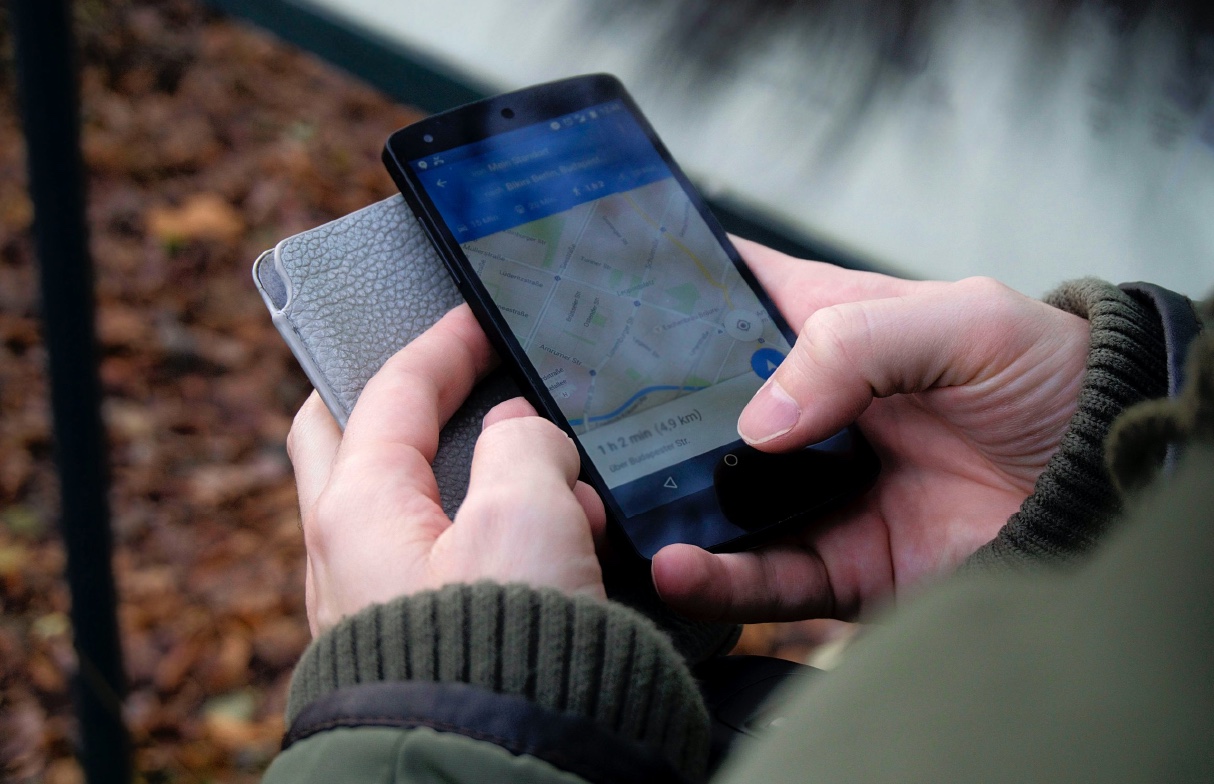EMOtive
Researchers Involved
research areas
timeframe
2015 - 2019
Background (I)
Digital assistants such as smartphones support people’s everyday decision-making processes. For instance, digital maps have become an integral part of our navigation behavior and enable pathfinding even in unfamiliar locations. However, these services also influence our cognitive skills and the extent to which we perceive our environment.
Background (II)
With their increasing societal relevance and importance, empirical evidence on the utility and usefulness of digital maps and other visuo-spatial displays is needed. Building on previous own work, this project’s aim was to investigate what information people perceive from visuo-spatial displays in stressful and emotionally charged situations.
Appropriate decisions with smart visual interfaces depend on:
- Display design
- Human background and training
- Use context
Subproject A
One part of the project develops and evaluates time-critical navigation situations in a virtual city.
Emotionally charged and stressful path-finding and navigation situations have been analyzed:
- in a controlled lab setting (VR CAVE)
- using electrodermal data collection and analysis

Subproject B
A second part of the project assesses assisted navigation situations in the real world and spatial learning.
Human navigation in a real-world context has been studied in situ by…
- analyzing assisted ambulatory decision-making
- tracking human–mobile map–environment interactions
- applying mobile eye-tracking methods

Goals
- Identify characteristics of users’ navigation decisions with visual displays in stressful emotional contexts and under uncertainty.
- Develop design guidelines for the creation of affectively responsive visual displays for more effective and efficient decision-making in stressful emotional contexts and under uncertainty.
- Implement smart future navigation systems that are designed to assist wayfinding and support their users in learning how to orient.




